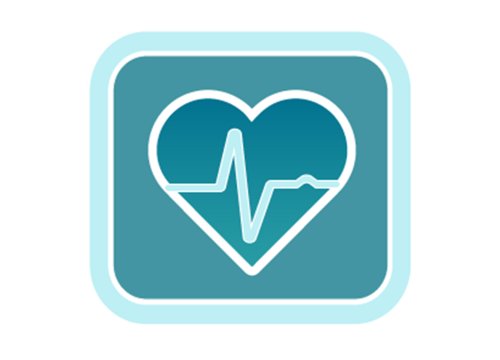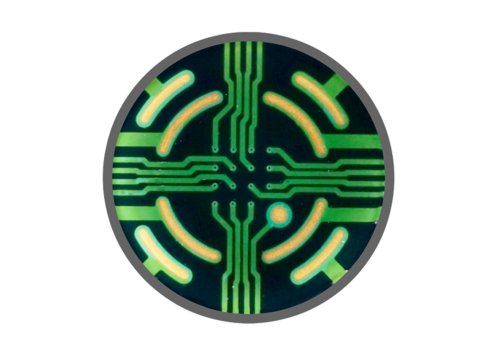ATLANTA--(BUSINESS WIRE)--A team of researchers led by Axion BioSystems reports that human heart cells grown in the laboratory may aid in the prediction of adverse drug-drug interactions (Millard et al. Toxicological Sciences). Using a known fatal combination of two widely prescribed pharmaceuticals, Axion demonstrated that a simple test on “heartbeats-in-a-dish” could alert scientists to potential health concerns before drugs are used in clinical trials or released to the public.
“More than 50% of Americans take multiple prescription medications. Many adverse drug-drug interactions, especially those involving the heart, aren’t noticed until a new medication is released,” says Tom O’Brien, CEO at Axion BioSystems. “As an example, recent news reported the tragic adverse effect of combining blockbuster Hepatitis C drug, sofosbuvir, with a cardiac drug, amiodarone. Our team explored whether Axion’s technology could have helped prevent the multiple hospitalizations and a death that resulted from the drug combination. In four separate labs, we confirmed it could.”
Lead investigator Daniel Millard, PhD adds, “After a few days in a dish, human heart cells begin to beat. Axion’s microelectrode array technology uses microscopic electronics to record those heartbeats much like an ECG in a doctor’s office. In this study, our recordings showed that neither sofosbuvir nor amiodarone alone showed cause for concern. However, when added together, pronounced adverse effects of this drug combination were clearly detected.”
“This study demonstrates that ‘heartbeats-in-a-dish’ technology has enormous predictive potential,” Tom O’Brien said. “It provides a pathway to test the extensive number of possible drug combinations that would otherwise involve patient studies.” Use of Axion’s technology for cardiac safety tests on new drugs before clinical trials is currently under evaluation by the FDA. “The logical next step is to use the same technology with drugs in combination before they are given to humans. This will result in quicker, more efficient prediction of drug-drug interactions, making pharmaceuticals safer for everyone.”


